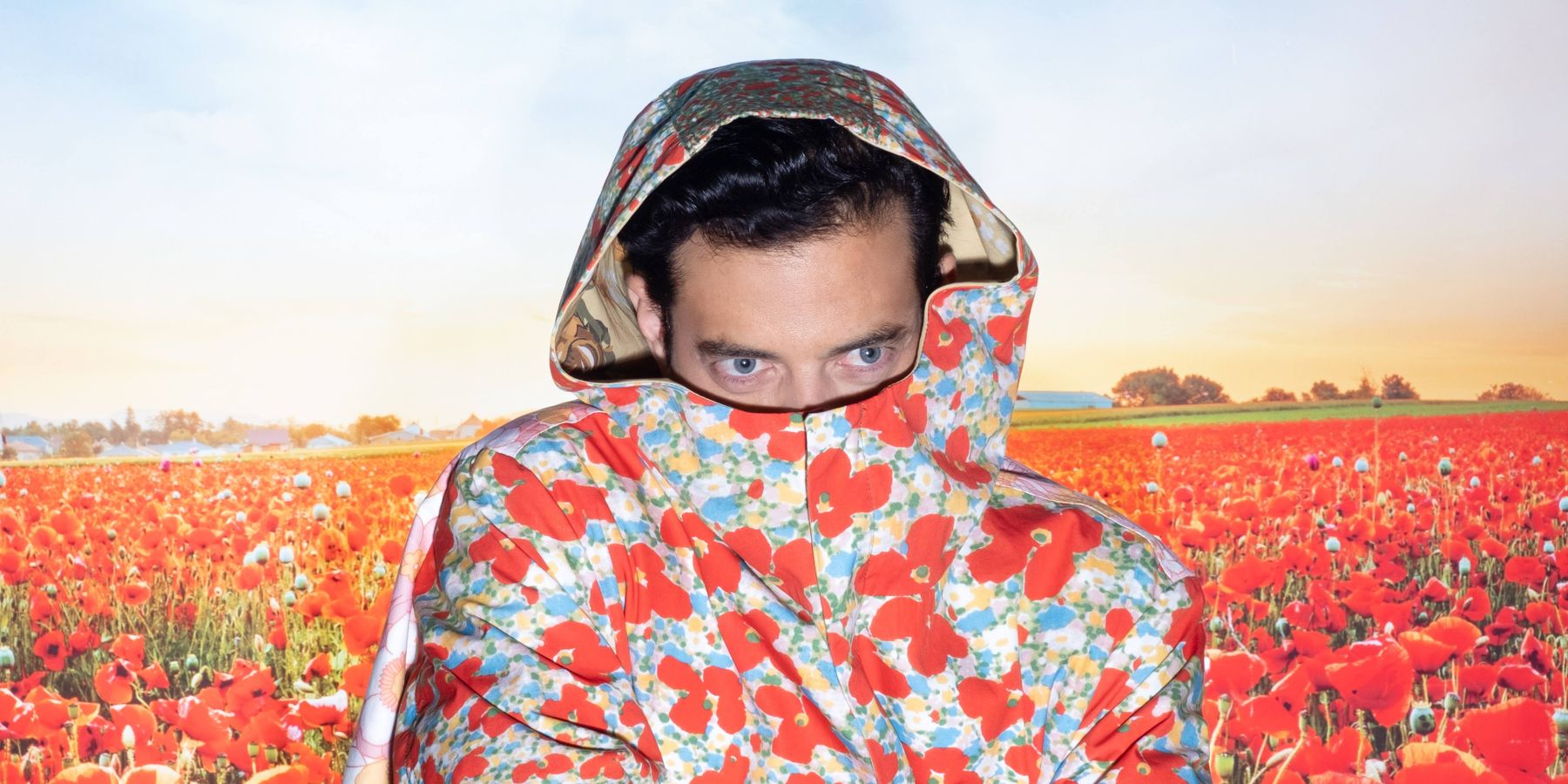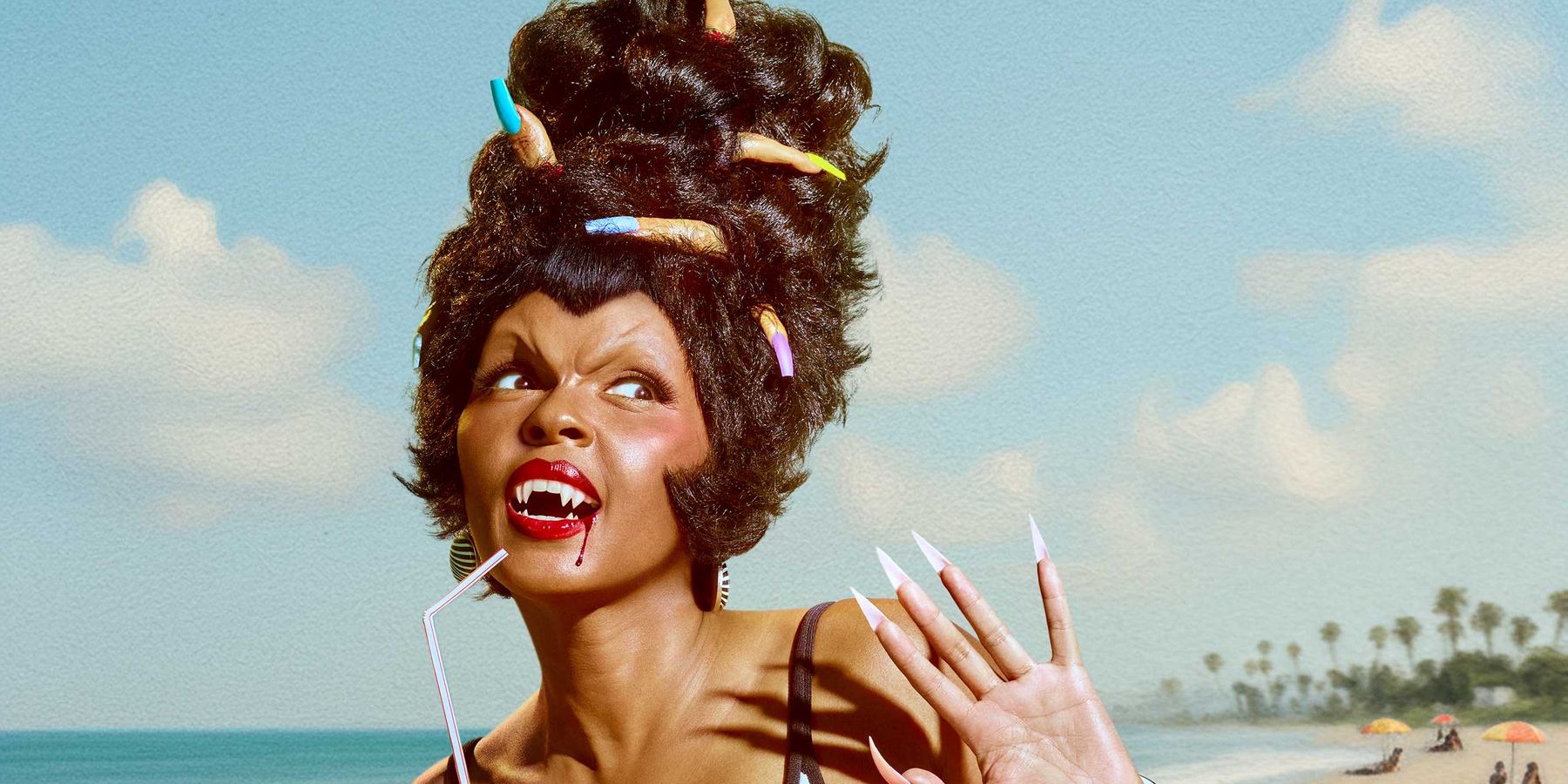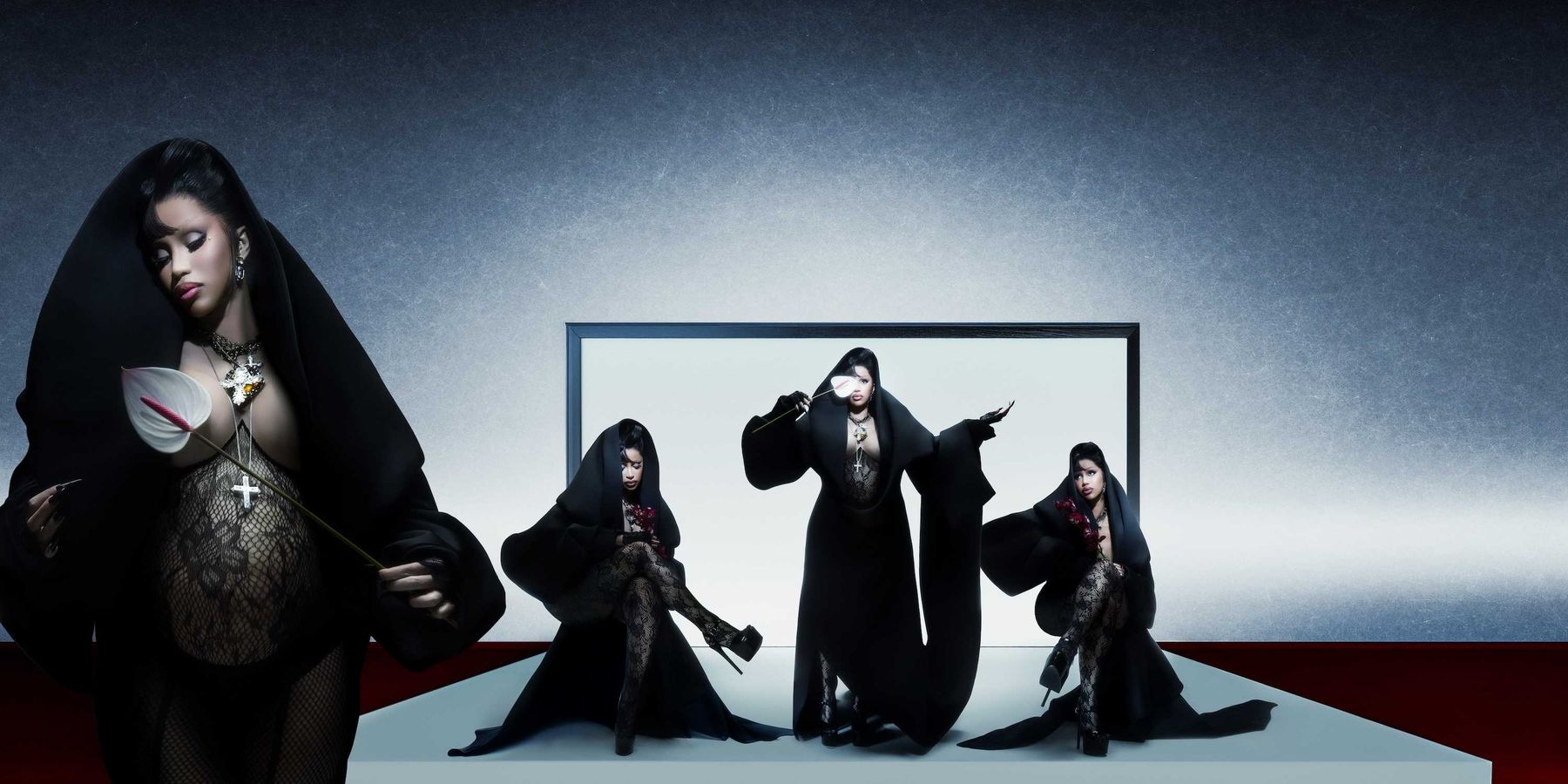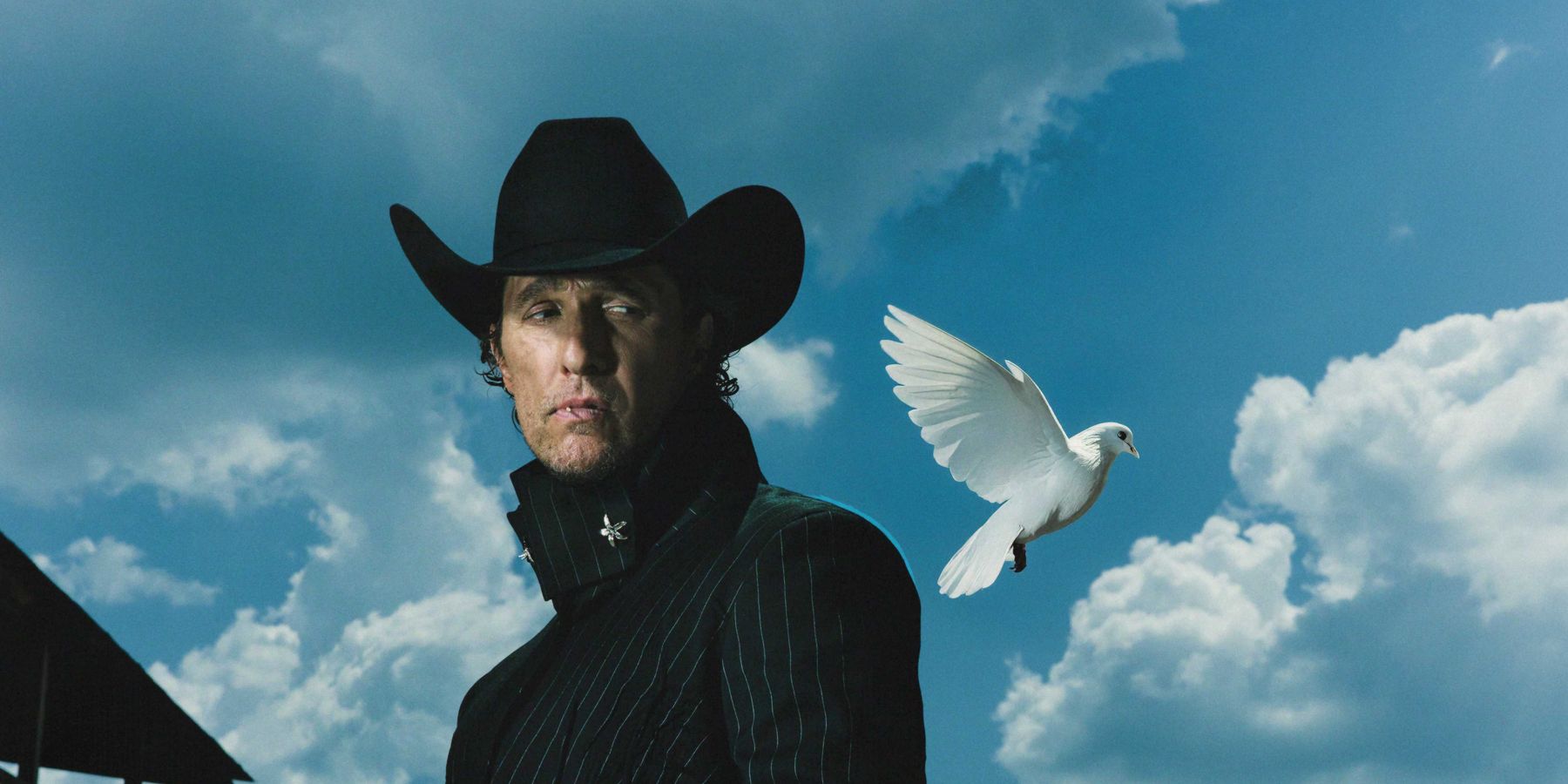
Legendary Makeup Artist Mary Greenwell Looks Back
By Ilius Ahmed
Jul 16, 2025
Mary Greenwell is a legend in the makeup world.
From the start of her career (she was discovered working in an LA restaurant), she seemed to always be at the right place, at the right time. She first made an editorial splash working with iconic photographers like Richard Avedon, Irving Penn, Patrick Demarchelier and Peter Lindbergh, and stylists like Grace Coddington. She collaborated with brands like Yohji Yamamoto and Chanel. She later become known as the makeup artist of choice for celebrities like Cate Blanchett and Jessica Chastain. She’ll perhaps be most remembered for being the long-time friend and makeup artist to the late Diana, Princess of Wales.
Ilius Ahmed from Unforgettable Runway caught up with Mary for PAPER to hear about her early days in the fashion world of the 1980s.
How did your journey into makeup begin?
It started in the '70s in in Los Angeles, not in London or New York. I was working on the door at Joe Allen’s, and my friends came in, had lunch with me, and said, "Wow, you'd be perfect to represent the makeup line." So I was like, "Hold on. This face has never worn make up in its life." And they said, "No, no. Don't worry. We'll send it to you or can train you under a brand called Il Makiage." That was then owned by someone called Ilana Harkavi.
So I went to New York and worked with her, and she did my makeup for the first time ever and gave me the only makeup lesson I ever had. She applied her beautiful products on my face. I remember looking up afterwards thinking, Wow, I look great. But I didn't look any different, just radiant. I didn't look freaky. I just looked amazing. Then I was working on the floor in her shop on 60th and Central Park for two weeks where I became really good at selling. It was in the '70s, and all these uptown women in New York loved the fact that I was a little English girl selling makeup in New York. I sold really well and then went back to LA, and we had the opening party of Fiorucci and had the most amazing time. I worked there on the makeup counter for two or three years and then started doing a bit of editorial and working with lovely photographers. But there was really very little fashion in LA at the time.
I came home and then started my career properly in Europe. I went to Sessions in New London, which is a big agency. In 1984, they introduced me to Pamela Hanson. Then in the spring of '85, I decided to become a serious makeup artist. I went to Paris, and that's when it really all took off in the spring of 1985.
If you hadn’t become a makeup artist, could you have seen yourself in any other career?
I have no idea because I've been a makeup artist, so I think it's not a question I can really even answer myself. I think I've always have been artistic. I have no confidence in paint, like abstract. I can paint a flower beautifully. I can draw a flower beautifully, but I would have no idea about being an abstract artist, so I wouldn't have been a very good "artist" because all that wonderful still life stuff had been done by the Dutch two or three centuries ago. So I don't know what I would have done. I think obviously something would have found me. My angels would have led me into something else.
The early '80s was such a creative and expressive period. How did it influence your work?
Well, I was at the forefront of the '80s, so I think we all worked together and created the looks that now you know. The '80s were so iconic, but when you're living the moment, you don't think that you're not being influenced by anything but the moment you're living in.
My peers were Kevyn Aucoin and Francois Nars and Laura Mercier. We all worked at the time. We know it was a very, very gentle industry. There was no competition. We were working very hard. We were flying around the world, all of us. It was a much smaller industry, generally fashion in the '80s. It was obviously very high exposure, but it wasn't like everybody wanting to do makeup like there is now, and everyone wanting to do hair like it is now. I recall in the '80s the first shows I did were for Yohji Yamamoto, and I used to fly to Japan with Julien d'Ys to do those shows. That was an incredible experience.
You lived in Paris in the 1980s. What brought you there, and what was life like then?
I was living in London, and when I worked with Pamela Hanson in London for Harpers and Queen (when Harpers and Queens existed), she said, "You should come to Paris. There's no one like you in Paris." Because, don't forget, there were very few of us back then. So I took her advice and moved to Paris and then quickly started working. Then I worked with Hans Feurer, who is the most amazing photographer. Paris at that time was amazing. To your point, the early to mid-'80s was an extraordinary time. And we just had a wonderful time and life was great. The cities were less frantic than they are now. It was super creative, and all the photographers were there so I worked constantly. I worked with everybody. I always had an apartment in Paris, London, New York. It's a flip between the three cities.
Around that time, the new supermodels started to emerge. Tell me some unforgettable memories you have of them?
I was staying in a hotel in Paris on Rue Saint Andre des Arc. It was a little hotel where model agencies put up the models too. One time I was walking home through Saint Germain, and I saw Christy Turlington sitting having a drink with this lovely sweet young photographer. I remember looking at this girl thinking, This is the most beautiful face I've ever seen in my life. And Linda was staying at the same hotel. She had long hair. Then Julien d'Ys cut it all off, made her hair short, and that's when her career really took off, like a year later. We were all there together: Cindy was there, Christy was there, Tatiana was there, and Naomi arrived two years later. I remember doing Cindy's first cover for a magazine in Paris. We were all coming up together in our careers. We were such a family at that time — Cindy, Christy, Linda, Tatjana, who were the original four.
My other memory was when I met Patrick Demarchelier, and I went on all those trips with him. We did so many covers together, but I think my most iconic cover was the one with all the supermodels. I think there were 10 supermodels on the cover (or maybe 12). It was when Naomi was at the top of the ladder for the 100th Anniversary Issue for Vogue, but that was at the start of the '90s. I did that with Oribe, who did the hair and I simply adored, and also working with Patrick and Grace Coddington. It was just such a special moment to be there then with all those beautiful girls. The supermodels were like happy children.
You have created such an amazing body of work during your career. What memorable work did you create in the 1980s?
I worked with Avedon in Paris with Uma Thurman — one of the first pictures she ever did, which was with a dove on her hand. She was really, really young. And then also I worked with Penn in New York. So to work with those two photographers, it was such a blessing to work with the absolute pinnacle of fashion and style as Irving Penn and Avedon were.
In regard to shows, Yohji Yamamoto is probably one of the most important designers I worked with, and that was in the '80s. I loved him. I did Azzedine Alaia a couple of times, and I did all the shows in London. It was just a time of really when shows were coming to something to really talk about and to be recognized as part of the calendar of fashion. I had my own team of between six to 10 when I was doing the shows. Your team was literally the people around you that you loved and trusted.
Talk to me about key collaborations and relationships that have influenced your career from the '80s onwards.
I don't think anything has influenced my career from the '80s is what I'm trying to tell you. Nothing influenced me. We were all influencing each other. We were living in the moment.
As I said, Yohji Yamamoto is a big one to work with. Rifat Ozbek was another designer who was very important in my life at that time. But if you just go into my history and find out what shows I did, that it's all important. Nothing was more important than the other. It was all important.
I work with Chanel Beauty. I love them and worked with them for say around 12 to 15 years. They book me when they need me, and I normally do their celebrities. I no longer do the fashion week shows, but focus mainly on editorial advertising and red carpet. That's where my career has gone now.
What would be your five desert island products from back then be, and why?
I don't have any particular products from the '80s, but I do recall a cream I brought from Boots in the '80s, which I used during my work and is no longer available. All the models loved and adored the product, but mainly my favorite desert island products would be the same now as they were in the '80s: lipstick, concealer, mascara and slightly matting powder. And then probably a nice eye shadow is, in fact, what I use on myself every day anyway now.
Makeup technology has dramatically developed over the decades. Where do you see makeup being in the future?
I think that we've pulled away from wearing lots of makeup in the last three or four years. That whole contour defining has sort of gone really way out of fashion. What I think is happening is that people are realizing more and more if you look after to your skin, you don't have to wear a lot of makeup. Glowing and healthy, not with products, as in well looked after.
I think it's really come to a point where what can you do more? You still need the basic products. You still need a foundation. You still need a concealer. You still need eyeshadow. You still need mascara. You still need lipstick. You must use your fingers, brushes and your face to create a look. Looking after your skin though has and will be a change in wearing less makeup than before.
Any tips or advice for aspiring creatives getting started or finding their way?
Hang in there if you're serious about wanting to do makeup. But also the competition is so enormous. It really is in some ways the most wonderful job, but it is now highly competitive, and you really don't make much money for a long time. So when you start off as a makeup artist nowadays, you probably have to have some financial independence. It is very much the same now as the '80s but with everything much cheaper then. And we didn't make much money anyway. It's a real time-consuming career, and if you are lucky enough to work the team of someone fabulous, then that's your best start to go and be an assistant. Don't think. Just go and build your relationships and network.
Photo via Getty Images
Related Articles Around the Web
MORE ON PAPER
Entertainment
Rami Malek Is Certifiably Unserious
Story by Joan Summers / Photography by Adam Powell
Story by Joan Summers / Photography by Adam Powell
14 November
Music
Janelle Monáe, HalloQueen
Story by Ivan Guzman / Photography by Pol Kurucz/ Styling by Alexandra Mandelkorn/ Hair by Nikki Nelms/ Makeup by Sasha Glasser/ Nails by Juan Alvear/ Set design by Krystall Schott
Story by Ivan Guzman / Photography by Pol Kurucz/ Styling by Alexandra Mandelkorn/ Hair by Nikki Nelms/ Makeup by Sasha Glasser/ Nails by Juan Alvear/ Set design by Krystall Schott
27 October
Music
You Don’t Move Cardi B
Story by Erica Campbell / Photography by Jora Frantzis / Styling by Kollin Carter/ Hair by Tokyo Stylez/ Makeup by Erika LaPearl/ Nails by Coca Nguyen/ Set design by Allegra Peyton
Story by Erica Campbell / Photography by Jora Frantzis / Styling by Kollin Carter/ Hair by Tokyo Stylez/ Makeup by Erika LaPearl/ Nails by Coca Nguyen/ Set design by Allegra Peyton
14 October
Entertainment
Matthew McConaughey Found His Rhythm
Story by Joan Summers / Photography by Greg Swales / Styling by Angelina Cantu / Grooming by Kara Yoshimoto Bua
Story by Joan Summers / Photography by Greg Swales / Styling by Angelina Cantu / Grooming by Kara Yoshimoto Bua
30 September
Music
Demi Lovato Is No Joke
Story by Ivan Guzman / Photography by Jason Renaud / Styling by Chris Horan/ Makeup by Loftjet / Set design by Allegra Peyton
Story by Ivan Guzman / Photography by Jason Renaud / Styling by Chris Horan/ Makeup by Loftjet / Set design by Allegra Peyton
15 September




